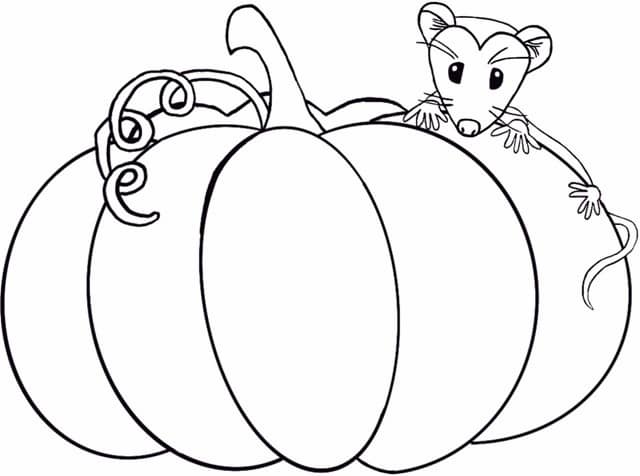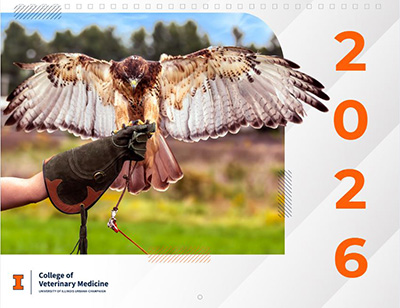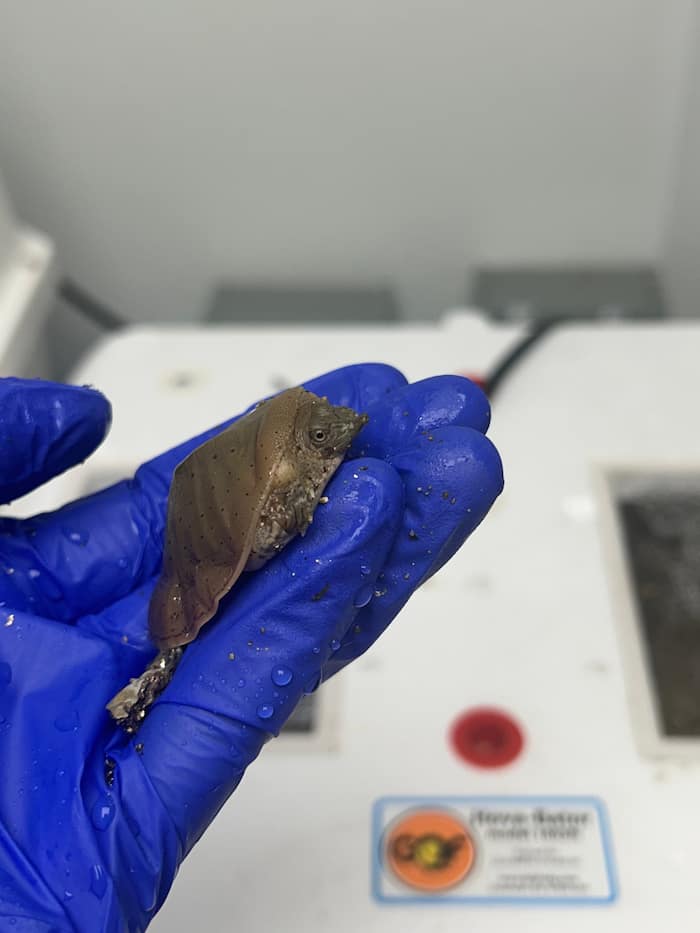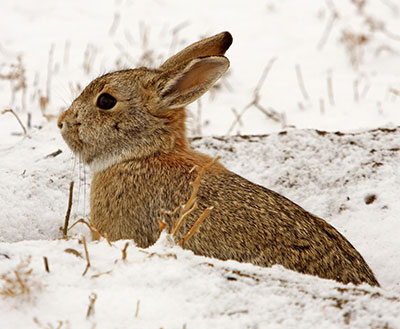
Winter is coming, and wildlife animals are preparing. Each species handles the weather getting colder and the days getting shorter differently; some animals hibernate, some animals migrate, and some animals adapt to the climate around them.
Human intervention may not be necessary but it will certainly help our wildlife when winter draws near. Taking these steps will prevent injury and increase their chances of survival.
Migration is an important journey for many species of not only birds but mammals as well. Birds generally migrate in the fall to places where the weather is warmer or they can find food. Species we see migrating through Illinois include the Canada goose, sandhill cranes, broad-winged hawks, warblers, hummingbirds, and several species of ducks. Other animals that migrate include snakes, insects such as butterflies, and in other parts of the world you may see elk migrating.
- During this time, birds are susceptible to injury. Many are injured by flying into windows, a common presentation in the Wildlife Medical Clinic. You can help wildlife avoid these injuries by adjusting their windows to be less reflective. This can be achieved by placing decal stickers on the window or arranging tape in an irregular pattern. There are also non-reflective screens or transparent films that may be purchased to protect these birds.
When an animal does not migrate, it will hibernate or adopt some other strategy to find shelter and food. Hibernation is similar to a very deep sleep. The animal’s body temperature will drop and its heart rate and breathing rate will slow down. This helps the animal conserve energy to survive the winter. Species that will hibernate include turtles, bears, skunks, chipmunks, groundhogs, and some bats. When getting ready for winter, an animal will overeat and store it as body fat. This fat is what gives them energy throughout the winter.
- To help these animals prepare, you can leave out bird seed as well as small quantities of an appropriate diet. In the garden, brush piles may help animals find shelter.
Some wildlife will adapt to the changing weather. To prepare for winter, animals such as squirrels, mice, rabbits, beavers, and deer will gather extra food in the fall, store it, and eat it later in the winter. They may bury their food or store extra in their homes. Their fur will also grow thicker to keep them warm. Animals will find shelter in trees or logs, in leaves, or in holes underground.
- To help animals adapt, you could leave dead flowers and plants in the garden. They will provide food and protection for wildlife. Providing them water that won’t freeze is also important because it will save them energy when searching for it.
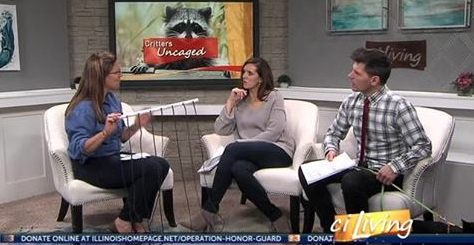
VIDEO: Dr. Julia Whittington, WMC Director, talks to ciLiving about ways to prevent birds from flying into the windows of your house, and other things to do to protect wildlife as they prepare for winter. Watch: http://www.illinoishomepage.net/news/video/critters-uncaged_20171011213305/832950070
—Alexandra Kozysa, Vet Med Class of 2019

